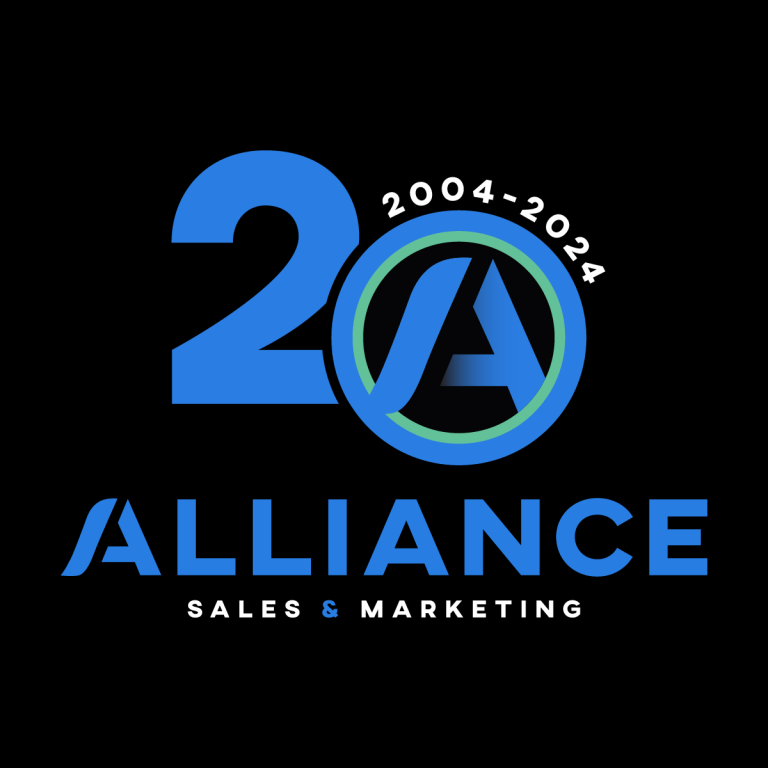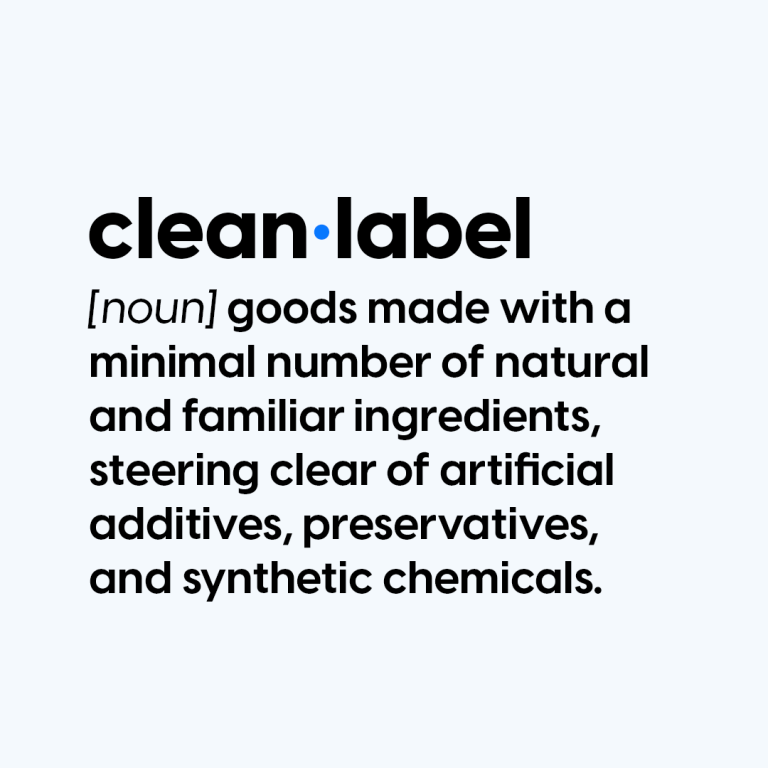
Launching a brand in 2021 is challenging. As a business, you’re not only competing with brands on shelf at a local retailer, you’re also competing with brands who are constantly serving digital ads, leveraging influencers, and using paid and earned media to get your attention. How are you supposed to stand out in the crowd?
Well, it starts with building distinct brand assets that are easy to identify and leave a lasting impression. Of course, it takes years to build brand equity and become a household name like Coca-Cola, Apple, or Google, but every company has to start somewhere. If you don’t have millions of dollars in venture capital behind you (wouldn’t that be nice!), rest assured that you can still follow these steps to become a successful brand in the food and beverage space.
Why is Building a Brand Important?
Let’s start with the basics. Brand building is important because it’s how you’re going to get your message heard above all the noise in your category. A strong brand makes you more recognizable and tells consumers who you are and what you stand for as a business.
Take a second and think about your Instagram feed. What is it about an ad or a brand’s post that gets you to stop scrolling? Chances are it’s a branded element—whether it’s their tone of voice, graphics, imagery, or copy.
Developing a strong brand identity is also directly tied to the price of your product. A CPG company like San Pellegrino can charge more for their mineral water because, over time, they’ve developed a premium product that people know and trust.
Their tagline, “Enhance Any Moment,” is intended to create a feeling. When you open a bottle, they want you to feel as if you’re treating yourself to an Italian luxury.
Leverage Your Competitive Advantage
Before you build your brand, it’s important to lean into what makes you different. Do you have a certification that no one else has? Are you a mission-driven company? Is the founder of your company a child genius? You get the idea. Understand what defines your business and craft a unique brand story around that point of distinction.
To understand your best asset, start by doing your homework. Do some digging on your competition but stay away from trends. (Remember the Atkins diet? Us too.) Keto is undoubtedly a hot category right now, but does it have staying power? Who knows.
Build your brand around a purpose that ensures longevity on shelf.
Understand Your Target Audience
Once you have a purpose and know what claim or asset you’re going to lead with, determine your best customer. Are you going after young women with an interest in healthy habits, are you targeting men on the go, or pet parents who are obsessed with their fur babies? Determining your top target audiences before building your brand will ensure that you create an identity that resonates with potential customers.
When tackling this step, remember that you can’t be everything to everyone. Lean into your niche and truly own it.
Create a Powerful Brand Identity
Now that you’ve narrowed down your audience, it’s time to begin building your brand. As a CPG company, you have to remember that customers shop with their senses. Unfortunately, “smell-a-vision” doesn’t exist yet, so you have to concentrate on visual elements like packaging color, logo design, and fonts. The average grocery store has 30,000 SKUs, so what is it about your product that’s going to make someone pluck it off the shelf (source)?
There are dozens of branded elements that go into packaging design. Here are just a few:
- Logos
- Images
- Fonts
- Patterns
- Shape of the Packaging
- Product Lid or Seal
- Color
- Characters
Integrate Your Brand into Your Business
While packaging is critical, it’s only one component of your brand. Designing a logo, developing your tone of voice, identifying a library of assets, and piecing everything together to tell a cohesive brand story are all a priority. Once you’ve determined your distinct brand assets, create a brand identity guide that you can reference regularly to ensure you’re staying true to your purpose and your target audience.
From your website to your social media ads to your Amazon listings, everything you create should feel cohesive. One way to test this? Ask yourself if a customer would recognize your brand if your logo was removed from the asset.
Building a strong brand identity is the foundation to your success. Not sure where to start? Whether you’re looking for an audit of your competitors, guidance on brand strategy, or looking to conduct market research, we can help.







